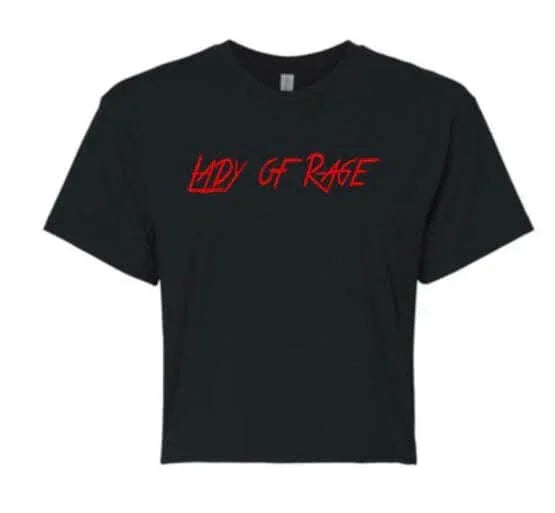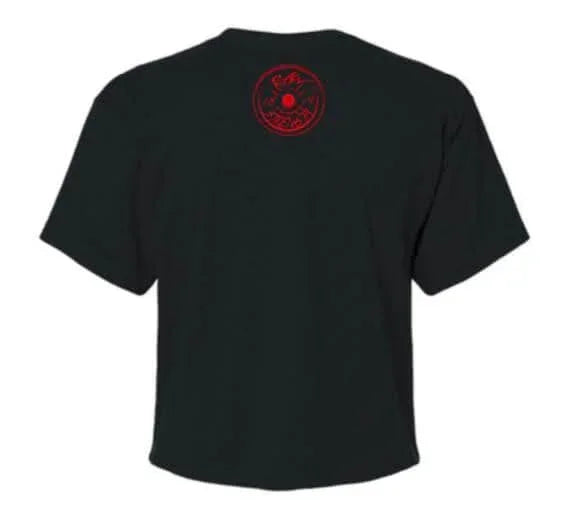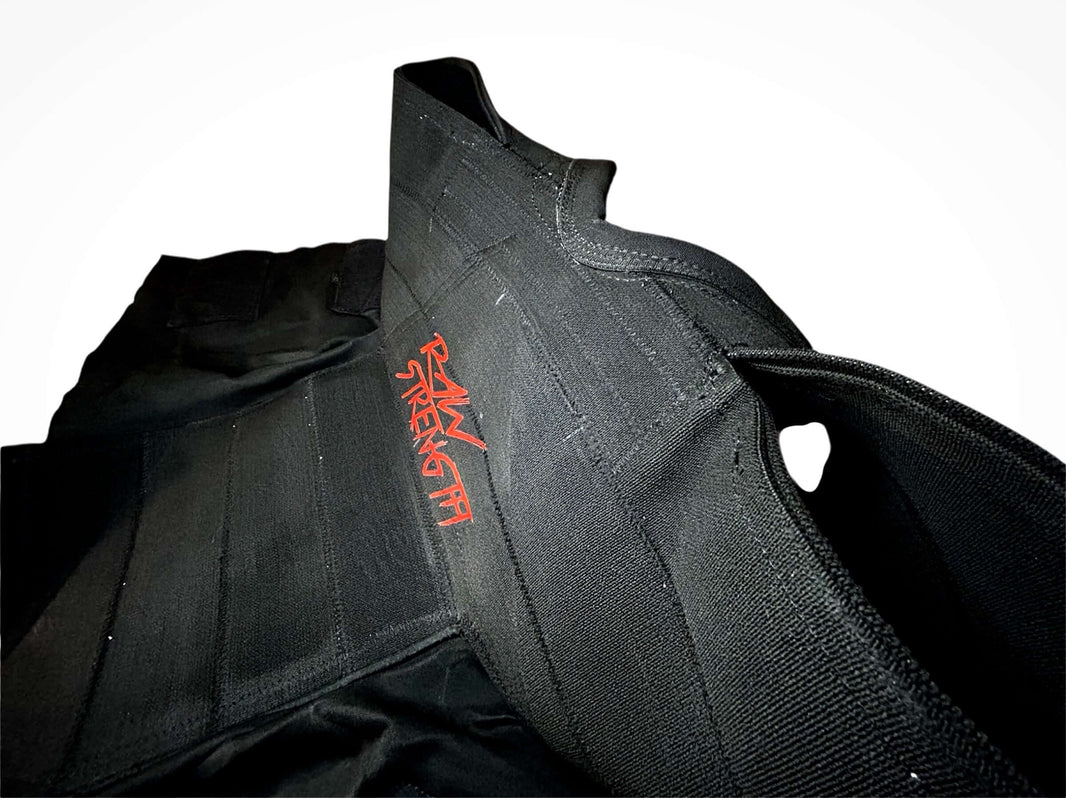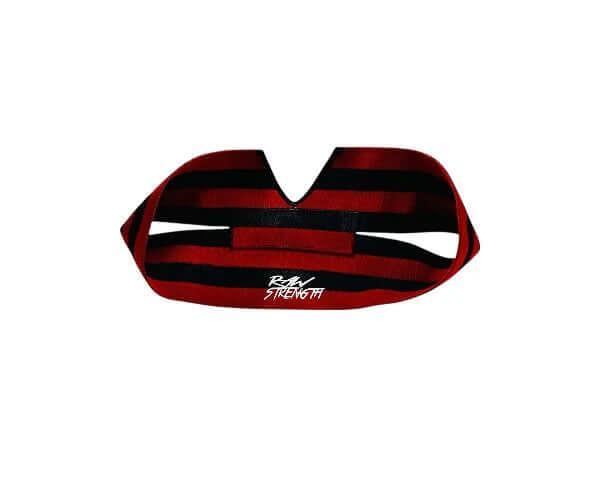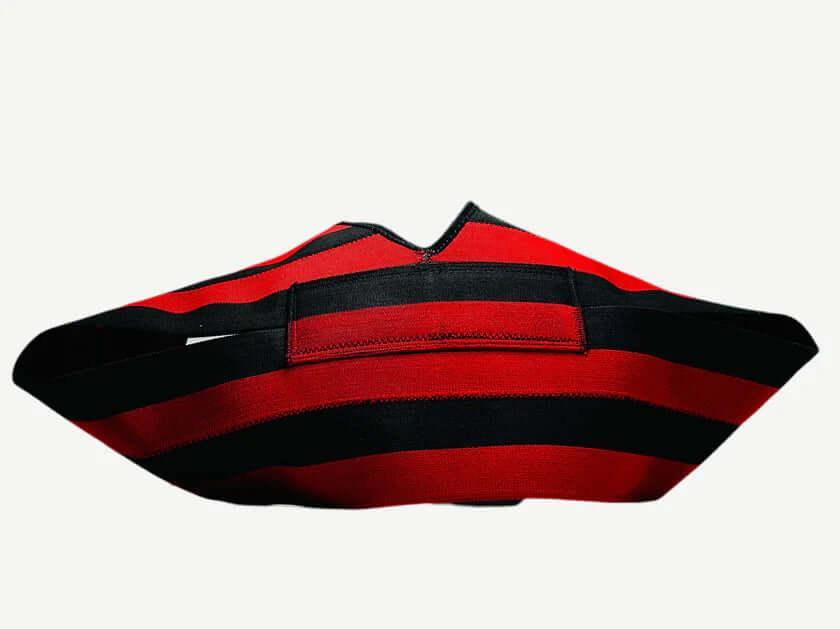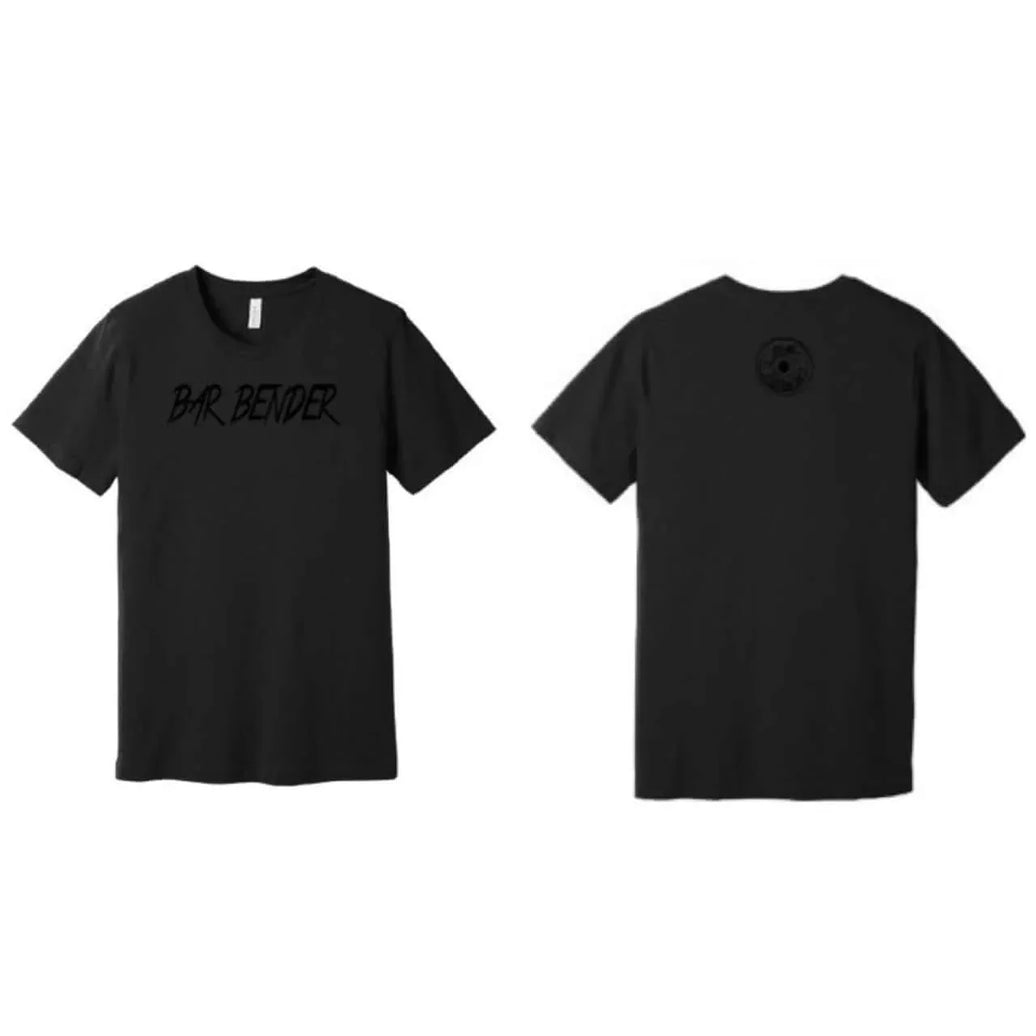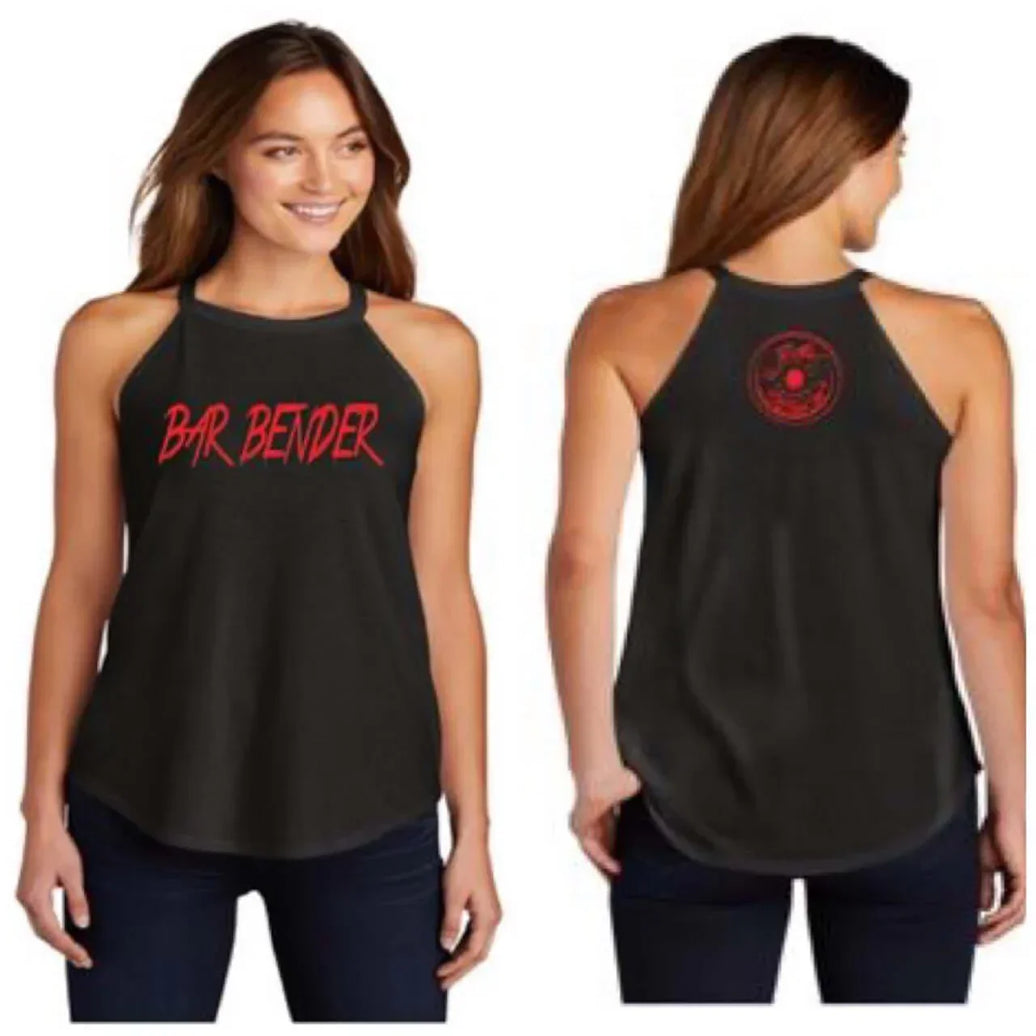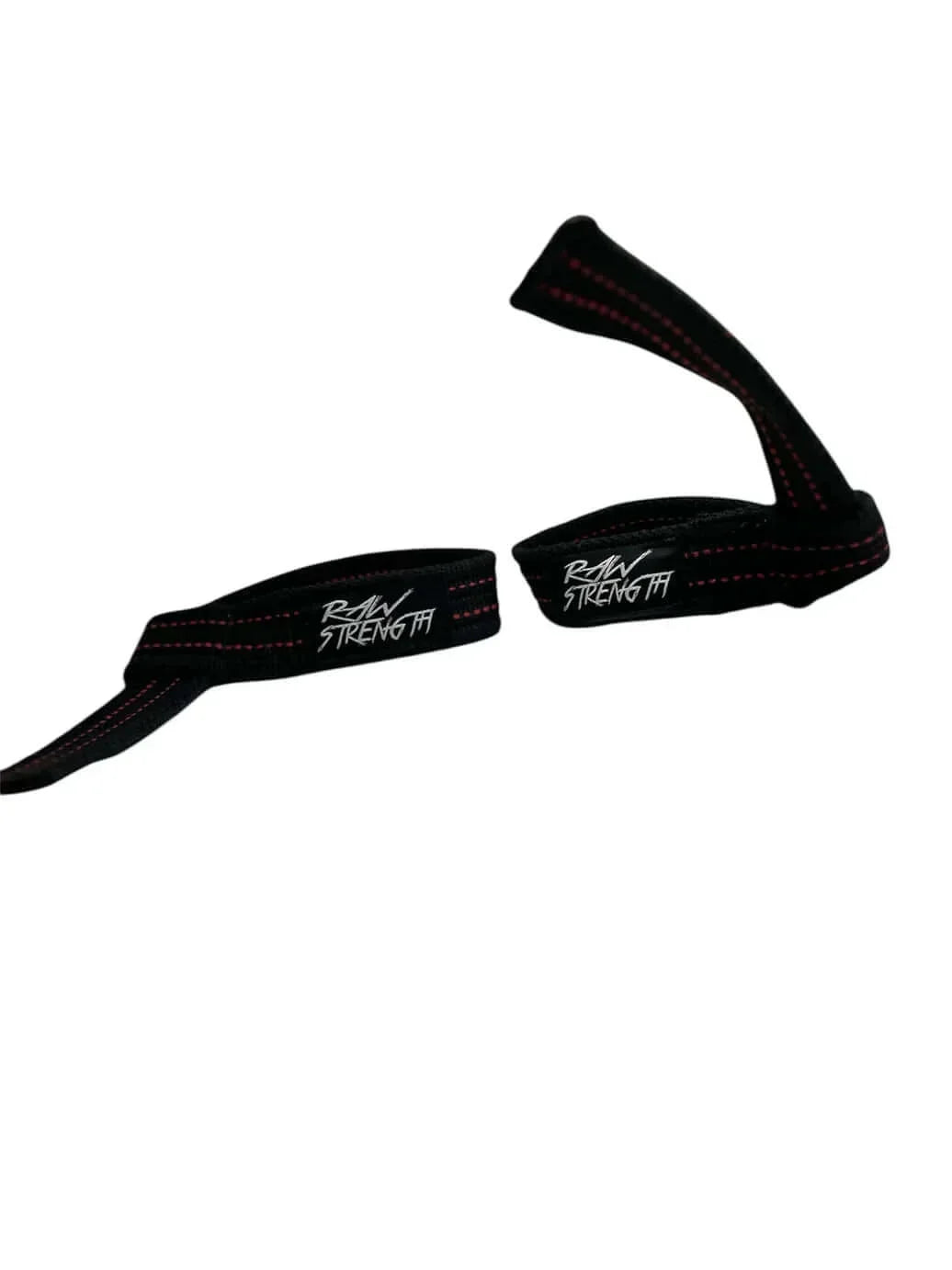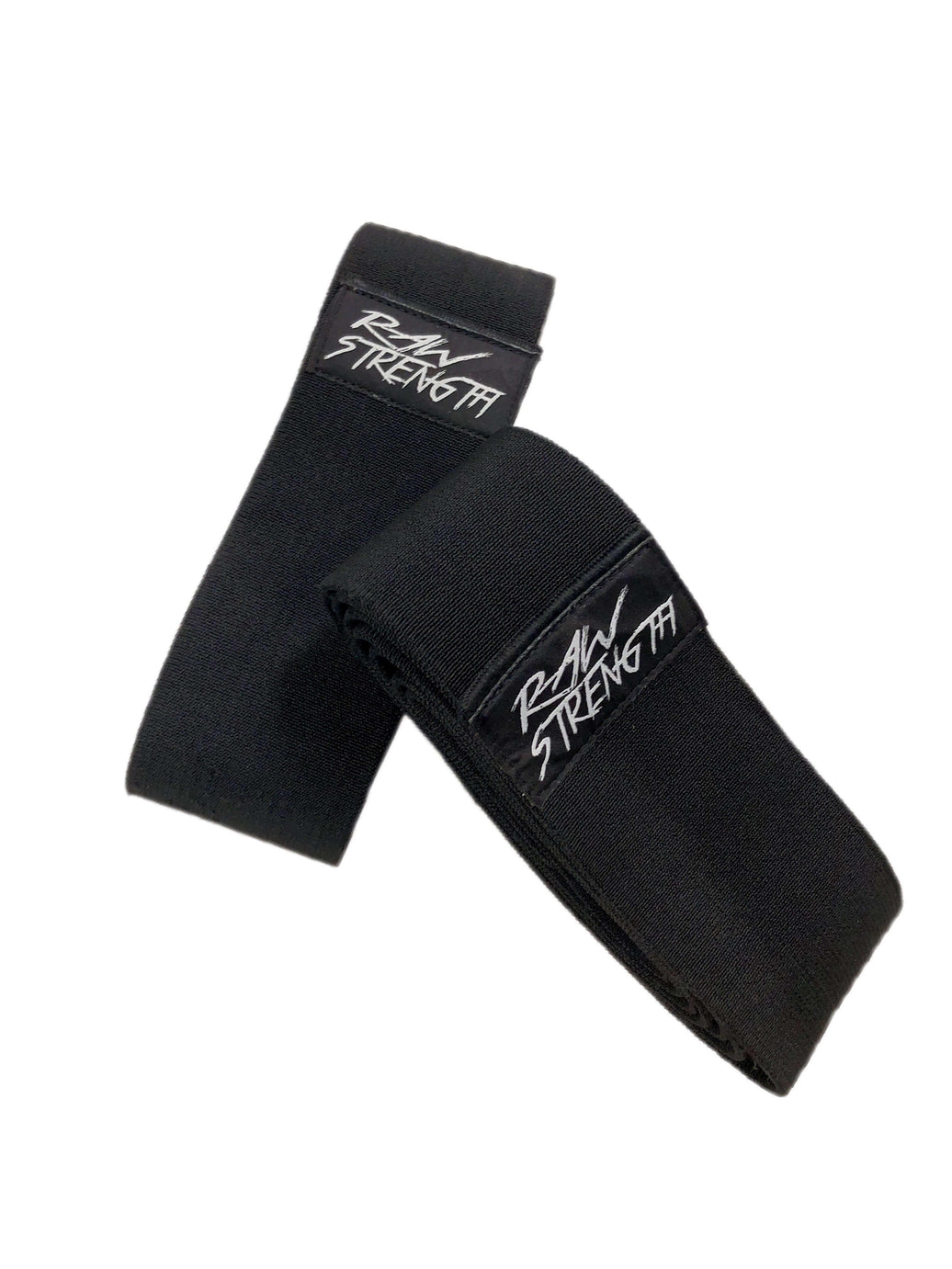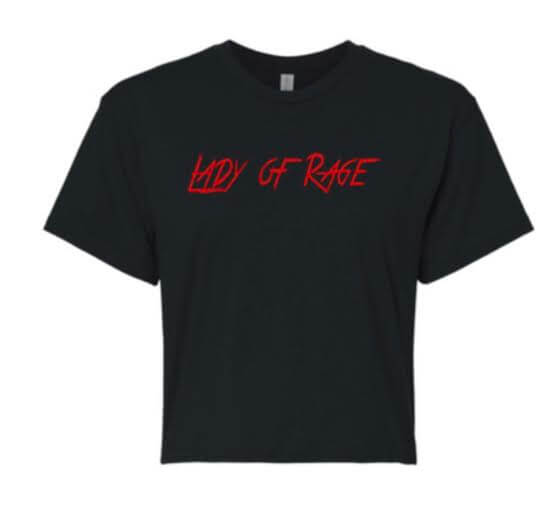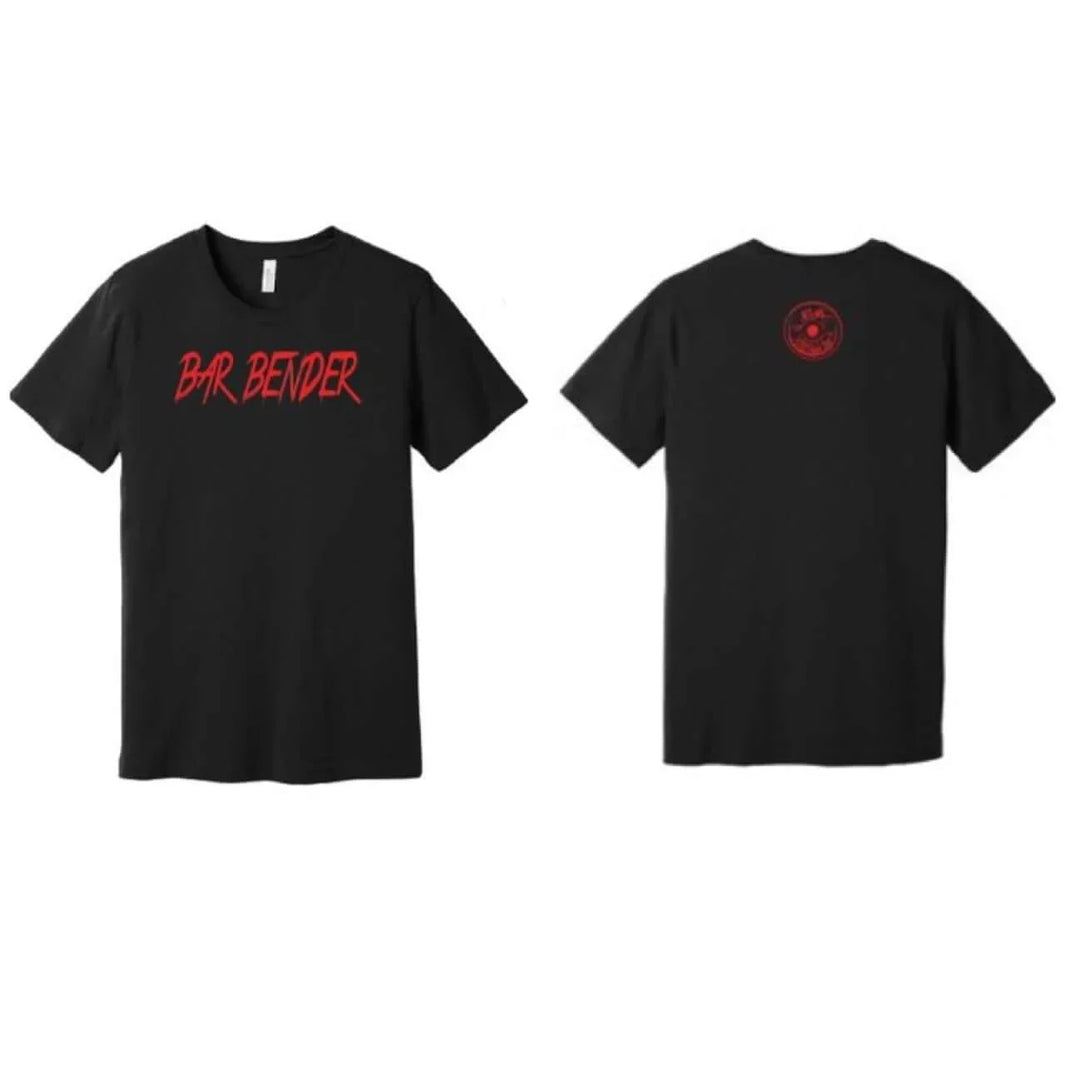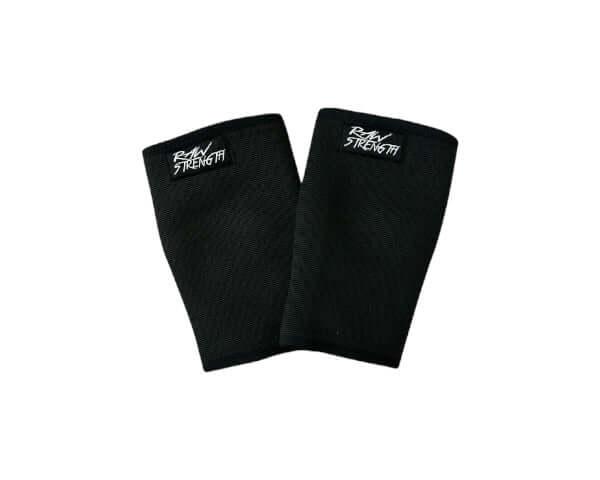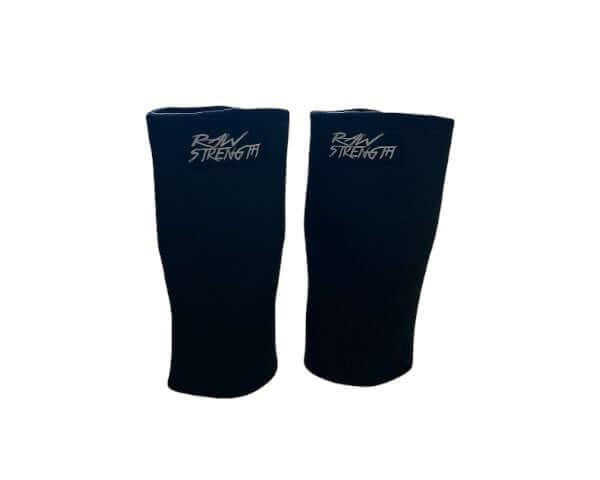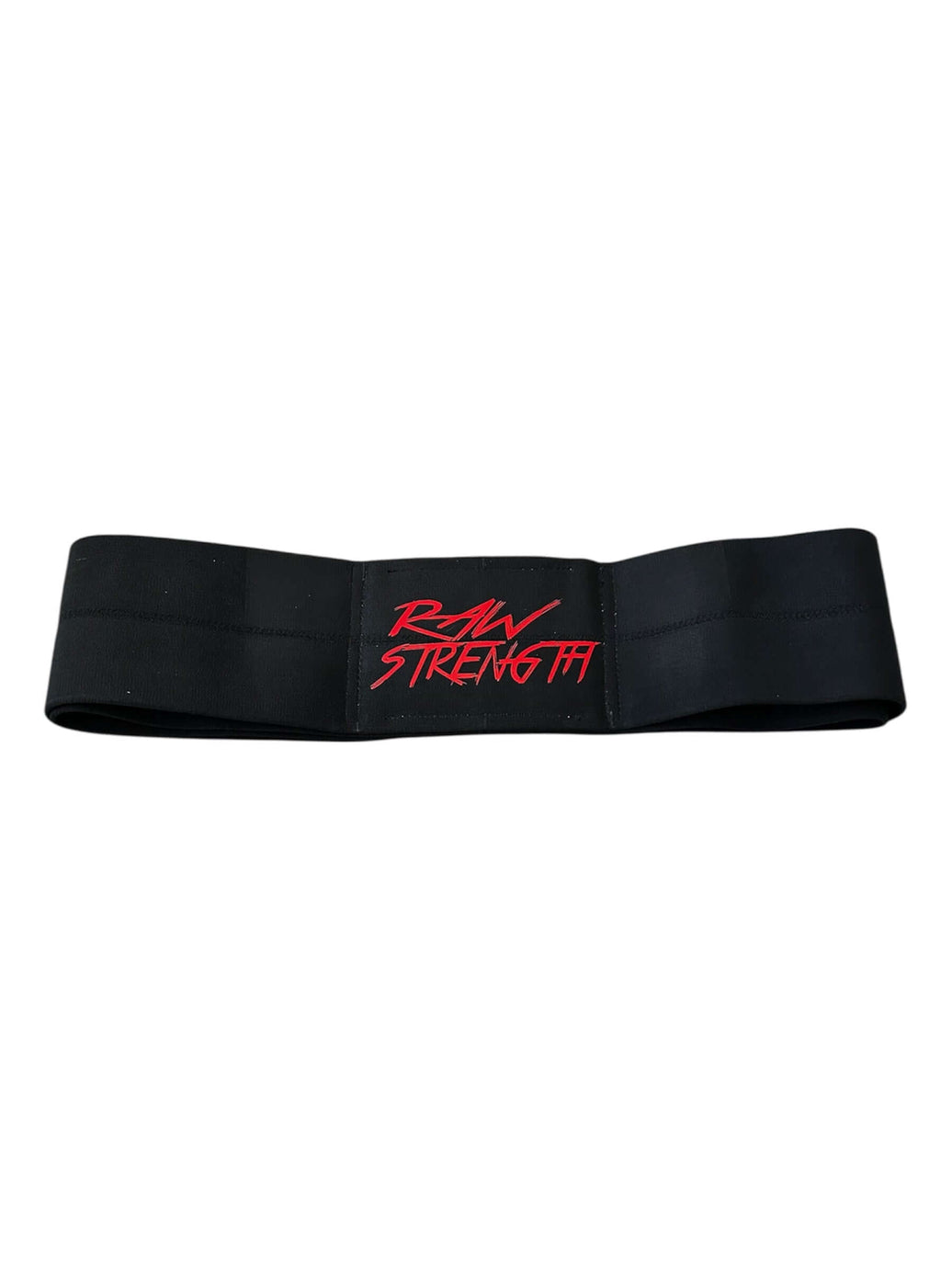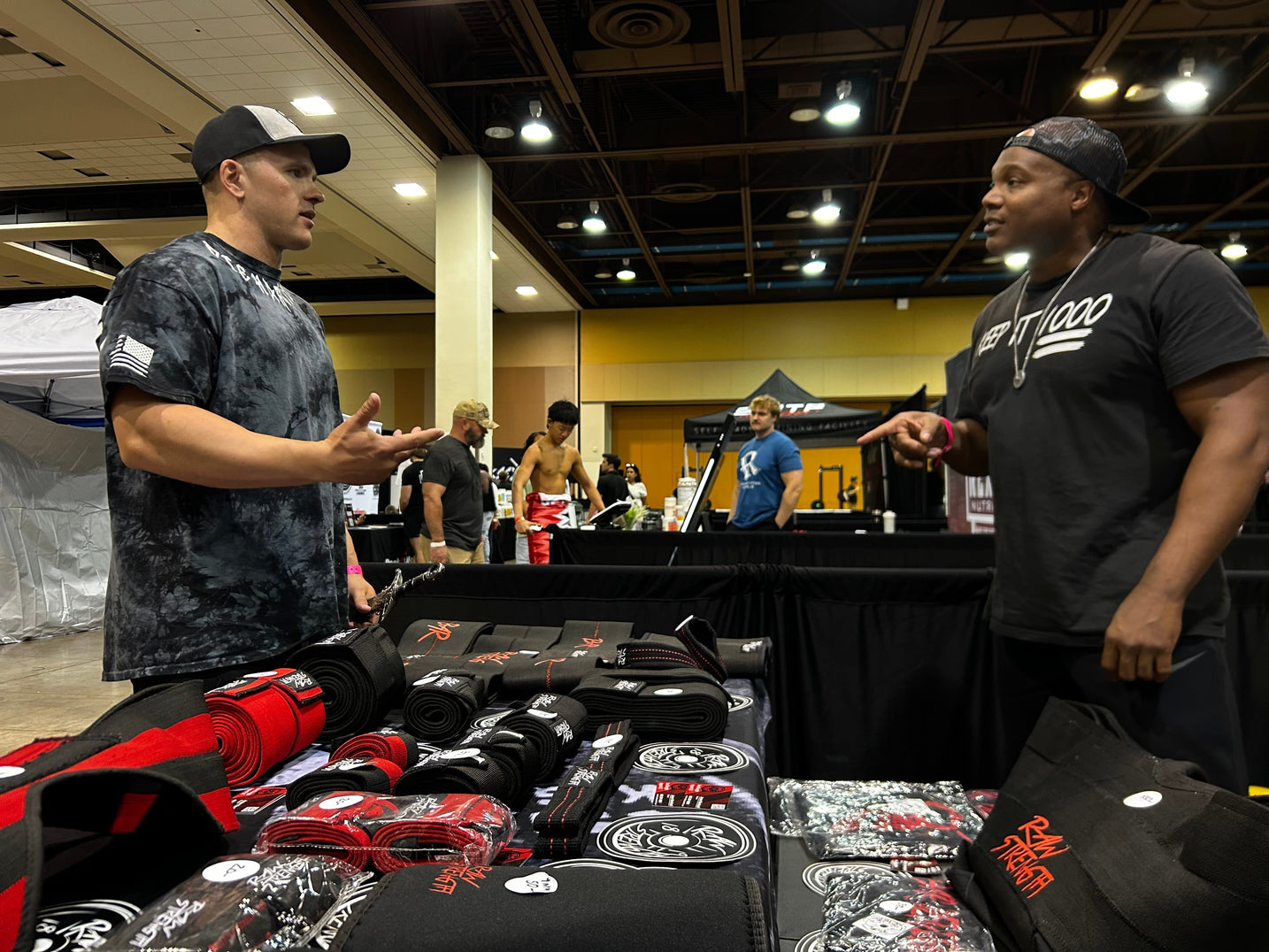The Complete Guide to Selecting Essential Powerlifting Gear for Maximum Performance
Powerlifting demands more than just raw determination and consistent training. The right gear can be the difference between hitting a personal record and falling short of your potential. Whether you're a beginner stepping into your first powerlifting gym or a seasoned competitor preparing for your next meet, understanding how to select the proper equipment is crucial for both performance and safety.
The powerlifting community has evolved significantly over the years, with gear technology advancing to meet the demanding needs of serious athletes. Today's powerlifters have access to sophisticated equipment designed to provide support, enhance performance, and reduce injury risk during heavy lifting sessions.
Understanding the Foundation: Essential Powerlifting Equipment Categories
Powerlifting gear falls into several distinct categories, each serving specific purposes in your training and competition arsenal. Support gear includes items like wrist wraps, knee sleeves, and lifting belts that provide stability and joint protection during heavy lifts. Performance-enhancing equipment such as lifting straps and specialized shoes can help you maintain proper form and grip strength throughout demanding sessions.
Competition-specific gear represents another category entirely, including bench shirts, squat suits, and deadlift suits designed for equipped powerlifting divisions. These items require extensive practice and proper fitting to maximize their effectiveness while maintaining safety standards.
Recovery and maintenance equipment, while often overlooked, plays a vital role in long-term success. This includes items for mobility work, injury prevention, and post-workout recovery that keep you training consistently over time.
Wrist Support: The Foundation of Heavy Pressing
Wrist wraps serve as one of the most fundamental pieces of powerlifting equipment, providing crucial support during bench pressing, overhead movements, and other exercises that place significant stress on the wrist joints. Quality wrist wraps should offer adjustable compression levels, allowing you to customize support based on the intensity of your training session.
When selecting wrist wraps, consider the material composition and construction quality. Premium wraps typically feature a blend of elastic and cotton materials that provide both flexibility and durability. The length of the wrap affects the level of support provided, with longer wraps offering more comprehensive coverage and stability.
Proper wrapping technique is equally important as the quality of the wraps themselves. The wraps should be applied with consistent tension, covering the wrist joint completely while allowing for natural movement patterns. Too tight, and you risk restricting blood flow; too loose, and you lose the supportive benefits.
Knee Protection: Supporting Your Strongest Lifts
Knee sleeves and wraps represent critical components of any serious powerlifter's equipment collection. These items provide warmth, compression, and support to the knee joint during squats and other lower body movements. The choice between sleeves and wraps often depends on your training goals, competition division, and personal preferences.
Knee sleeves offer consistent, moderate support throughout your entire workout session. They're ideal for training sessions where you want joint protection without the hassle of rewrapping between sets. Quality sleeves should fit snugly without restricting circulation, providing compression that enhances proprioception and joint stability.
Knee wraps, on the other hand, provide adjustable support levels and can significantly enhance your squat performance when properly applied. Learning to wrap effectively requires practice and often benefits from coaching or instruction from experienced lifters. The wrapping technique affects both the support provided and the carryover to your squat numbers.
Advanced Equipment Selection Strategies
As your powerlifting journey progresses, your equipment needs will evolve. Advanced lifters often require more specialized gear tailored to their specific weaknesses, training style, and competition goals. Understanding how to evaluate and select this equipment becomes increasingly important as the stakes rise.
Consider your individual biomechanics when selecting advanced equipment. Factors such as limb length, joint mobility, and lifting style all influence which gear will provide the most benefit. What works exceptionally well for one lifter may be completely inappropriate for another, even at similar strength levels.
Lifting Straps: Maximizing Grip Strength and Training Volume
Lifting straps serve as valuable tools for powerlifters looking to train beyond their grip strength limitations. While some purists argue against their use, strategic implementation of lifting straps can allow for higher training volumes and better focus on primary muscle groups during accessory work.
Figure-eight straps offer superior security and are particularly effective for deadlift training. These straps loop around both the bar and your wrist, creating a mechanical advantage that virtually eliminates grip as a limiting factor. This design makes them ideal for heavy pulling sessions where you want to focus entirely on posterior chain development.
Traditional lifting straps provide versatility across multiple exercises and are generally easier to apply and remove between sets. They work well for rowing movements, rack pulls, and other accessory exercises where grip strength might limit your ability to adequately stress the target muscles.
Specialized Footwear: Building a Solid Foundation
Powerlifting shoes represent one of the most overlooked yet impactful equipment investments. Proper footwear provides a stable platform for force transfer, improves lifting mechanics, and can significantly impact your performance across all three competition lifts.
Squat shoes typically feature an elevated heel that improves ankle mobility and allows for deeper squat positions. The rigid sole construction prevents energy loss through shoe compression, ensuring that all your force goes directly into moving the barbell. The heel height and sole stiffness should match your individual mobility needs and squat style.
Deadlift slippers or flat-soled shoes serve the opposite purpose, minimizing the distance the bar travels while providing a stable base. Many powerlifters prefer minimal footwear or even barefoot deadlifting to maximize their mechanical advantage and ground contact.
Equipment Maintenance and Longevity
Quality powerlifting gear represents a significant investment, making proper care and maintenance essential for maximizing both performance and value. Establishing good maintenance habits early in your powerlifting journey will save money and ensure your equipment performs optimally when you need it most.
Regular cleaning prevents the buildup of bacteria, sweat, and odors that can degrade materials over time. Most fabric-based equipment can be hand-washed with mild detergent and air-dried to maintain elasticity and structural integrity. Avoid harsh chemicals or high-heat drying that can break down elastic fibers.
Proper storage protects your equipment from environmental damage and premature wear. Keep gear in a cool, dry location away from direct sunlight. Avoid folding or compressing elastic items for extended periods, as this can cause permanent deformation and reduced effectiveness.
When to Replace Equipment
Recognizing when equipment has reached the end of its useful life is crucial for maintaining both performance and safety. Elastic materials naturally degrade over time, losing their supportive properties and potentially failing during critical lifts.
Visual inspection should be part of your regular equipment routine. Look for fraying, thinning, or discoloration in fabric items. Elastic components should maintain their stretch and recovery properties without permanent deformation. Any signs of structural damage warrant immediate replacement to prevent equipment failure during training or competition.
Performance changes often indicate equipment degradation before visual signs appear. If your gear no longer provides the same level of support or feels different during use, it may be time for replacement even if it appears visually intact.
Budget-Conscious Equipment Selection
Building a complete powerlifting equipment collection doesn't require breaking the bank, but it does demand strategic thinking and prioritization. Understanding which items provide the most immediate benefit allows you to build your gear collection systematically while staying within budget constraints.
Start with safety-critical items that provide the most universal benefit across all lifts. A quality lifting belt, basic wrist wraps, and appropriate footwear form the foundation of any powerlifter's equipment collection. These items offer immediate performance benefits while protecting against common injuries.
Consider the cost-per-use ratio when evaluating equipment purchases. Items you'll use in every training session justify higher initial investments, while specialized competition gear might warrant more budget-conscious choices initially.
Quality Indicators to Look For
Understanding quality indicators helps you make informed decisions regardless of budget constraints. Construction details such as stitching quality, material composition, and hardware durability often correlate directly with long-term performance and value.
Reinforced stress points indicate thoughtful design and engineering. Look for double-stitching at high-stress areas, quality hardware that won't corrode or break, and materials that maintain their properties through repeated use and washing cycles.
Brand reputation within the powerlifting community provides valuable insight into real-world performance. Equipment that's widely used by successful competitive powerlifters has typically proven itself through demanding use conditions that far exceed typical training requirements.
Maximizing Your Equipment Investment
Getting the most from your powerlifting gear requires more than just purchasing quality items. Proper fitting, application techniques, and strategic use all contribute to maximizing both performance benefits and equipment longevity.
Take time to learn proper application techniques for each piece of equipment. Many items require specific wrapping or adjustment methods to provide optimal support. Consider seeking instruction from experienced lifters or coaches to ensure you're using your gear effectively.
Rotate equipment when possible to extend overall lifespan. Having multiple sets of frequently used items like wrist wraps allows you to alternate between them, reducing wear on any single piece while ensuring you always have backup equipment available.
Regular assessment of your equipment needs ensures your gear collection evolves with your training. As your strength increases and lifting technique develops, your equipment requirements may change. Stay open to upgrading or modifying your setup as needed to support continued progress.
The journey of selecting and using powerlifting equipment is deeply personal and evolves throughout your lifting career. By understanding the principles behind effective gear selection, maintaining your equipment properly, and staying focused on your individual needs, you'll build a collection that supports your goals while providing excellent long-term value. Remember that the best equipment is the gear that helps you train consistently, safely, and with confidence as you pursue your strength goals.

